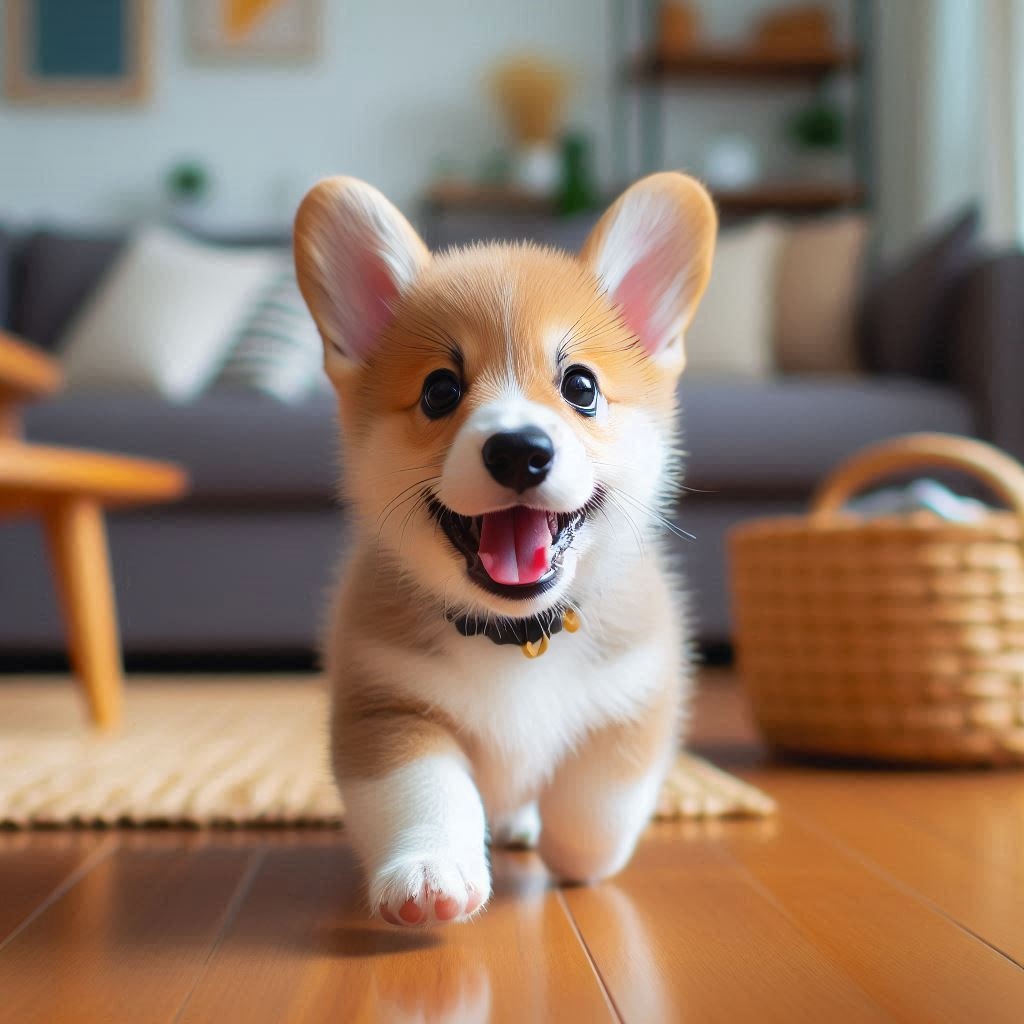Calming a puppy down can be challenging but rewarding. Puppies are full of energy and curiosity, making it essential to understand effective techniques to soothe them. This article provides practical tips to help you calm your puppy and establish a peaceful environment.

#1 – Establish a Routine
Puppies thrive on routine. Consistent feeding, playtime, and bedtime schedules help them feel secure. Predictability reduces anxiety, leading to a calmer puppy.
#2 – Provide Regular Exercise
#Exercise is crucial for burning off excess energy. Daily walks, play sessions, and interactive toys keep your puppy physically and mentally stimulated. A tired puppy is a calm puppy.
#3 – Create a Safe Space
Designate a quiet area in your home where your puppy can retreat. Use a crate or a cozy corner with a comfortable bed and some toys. This space should be off-limits to household hustle, providing a safe haven for your puppy to relax.
#4 – Use Calming Aids
Calming aids like pheromone diffusers, calming collars, and anxiety wraps can help soothe an anxious puppy. These products mimic natural calming signals, promoting a sense of security.
#5 – Practice Gentle Handling
Handle your puppy gently and avoid sudden movements. Gradually introduce new experiences and people to prevent overwhelming them. Positive reinforcement with treats and praise during calm moments reinforces good behavior.
#6 – Implement Training Techniques
Training teaches your puppy self-control. Commands like “sit,” “stay,” and “down” can be useful in calming situations. Rewarding calm behavior during training sessions encourages your puppy to remain composed.
#7 – Avoid Overstimulation
Limit exposure to loud noises, chaotic environments, and excessive handling. Overstimulation can lead to anxiety and hyperactivity. Provide a calm atmosphere to help your puppy relax.
#8 – Use Music or White Noise
Soft music or white noise can mask disturbing sounds and create a calming environment. There are even playlists specifically designed for dogs that help reduce anxiety.
#9 – Ensure Proper Nutrition
A balanced diet supports overall well-being. High-quality food with the right nutrients can positively impact your puppy’s mood and energy levels. Consult your vet for the best diet recommendations.
#10 – Monitor Health
Sometimes, anxiety or hyperactivity can be a sign of underlying health issues. Regular veterinary check-ups ensure your puppy is healthy and rule out any medical causes for their behavior.
Conclusion
Calming a puppy requires patience and consistency. By following these tips, you can create a tranquil environment that helps your puppy feel safe and secure. A calm puppy leads to a happy household.
